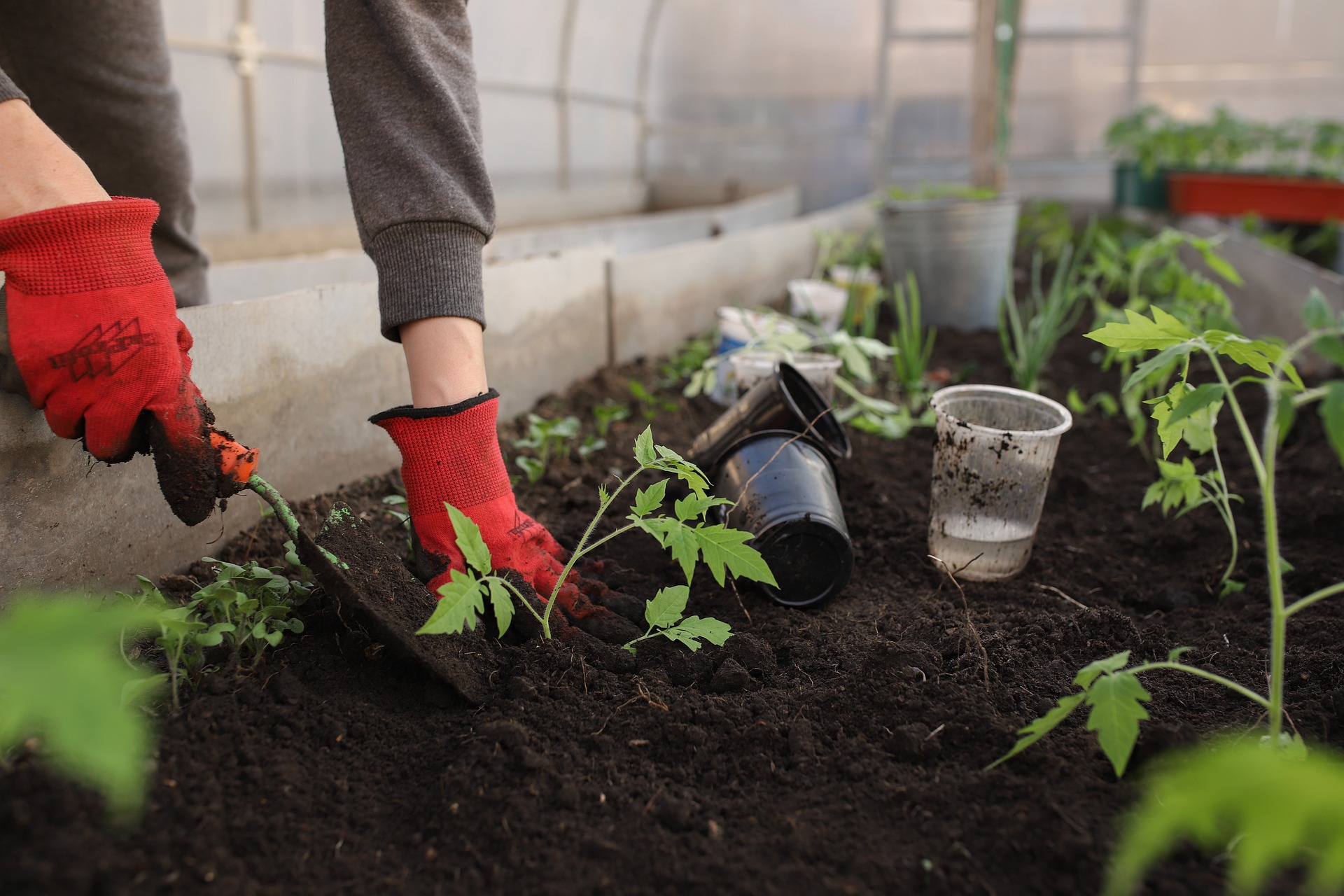Essential Gardening Tools: Trowel, Pruning Shears, Garden Fork
A well-chosen set of garden tools makes gardening more rewarding and less tiring. From small tasks like transplanting seedlings to larger jobs such as turning compost, the right implements help you work efficiently and protect plants. This article explains essential garden tools, with practical tips on choosing, using, and caring for a trowel, pruning shears, garden fork, and other basics for successful gardening.

garden tools: what to buy first
When starting out, focus on a few durable garden tools that cover common tasks. A sturdy trowel for planting, a reliable pair of pruning shears for trimming, and a garden fork for soil work form a strong foundation. Look for comfortable handles, corrosion-resistant heads, and balanced weight to reduce hand fatigue. If you prefer shopping locally, check local services and independent garden centers where staff can demonstrate tools and advise on ergonomics and materials suited to your soil and plant types.
gardening: preparing soil and beds
Good gardening begins with soil preparation: loosen compacted ground, remove weeds, and add organic matter like compost. Use a garden fork to break up heavy clay and aerate the root zone, helping water and roots penetrate. Plan beds for proper drainage and sunlight, and choose tools sized for the scale of your beds—small beds benefit from hand tools, while larger plots may require long-handled spades and forks. Regular soil testing can guide amendments and improve long-term plant health.
trowel: choosing and using one
A trowel is the gardener’s most-used hand tool for planting, weeding, and potting. Choose a trowel with a strong, rust-resistant blade—stainless steel or carbon steel with protective coating are common. Pay attention to blade shape: a pointed trowel excels at digging in dense soil, while a rounded transplanting trowel is gentler on roots. Use the handle grip to reduce wrist strain, and clean the blade after use to prevent disease spread. For container gardening, keep a dedicated trowel for potting mix to avoid soil contamination.
pruning shears: types and maintenance
Pruning shears (secateurs) come in bypass and anvil designs. Bypass shears make clean cuts on living stems by passing one blade against another, ideal for most green pruning. Anvil shears press a blade onto a flat surface and are better for dead wood. Keep blades sharp and clean—wipe resin with solvent and sharpen with a fine file or sharpening stone. Lubricate pivot points and check screws to maintain alignment. For safe pruning, choose shears sized for your hand and wear gloves when tackling thorny plants.
garden fork: when and how to use it
A garden fork is indispensable for turning soil, incorporating organic matter, and lifting root crops without cutting them. Unlike a spade, a fork’s tines penetrate and loosen soil with less slicing, preserving structure and beneficial organisms. Use the fork to lift root vegetables gently and to break up clumps in beds prepared for planting. For heavy or compacted soils, work in stages—insert the fork, rock it to loosen, then remove clods. Choose forged tines and a sturdy shaft for longevity, and avoid using a garden fork as a lever for rocks or hard objects.
garden tools maintenance and storage
Proper maintenance extends tool life and keeps garden tasks safe and efficient. After each use, remove soil and debris, dry metal parts, and apply a thin coat of oil to prevent rust. Sharpen blades regularly and replace worn handles promptly. For long-term storage, hang tools off the ground in a dry shed or garage and keep small items organized in a toolbox or on a pegboard. Label and separate tools used for chemicals or diseased plants to avoid cross-contamination. Routine care reduces replacement frequency and improves performance.
Gardening with the right tools enhances productivity and enjoyment while protecting plants and the gardener. Prioritize quality and ergonomics when selecting a trowel, pruning shears, garden fork, and other garden tools, and invest time in maintenance. Thoughtful tool choices combined with proper soil preparation and care lead to healthier beds and a more satisfying gardening experience.






